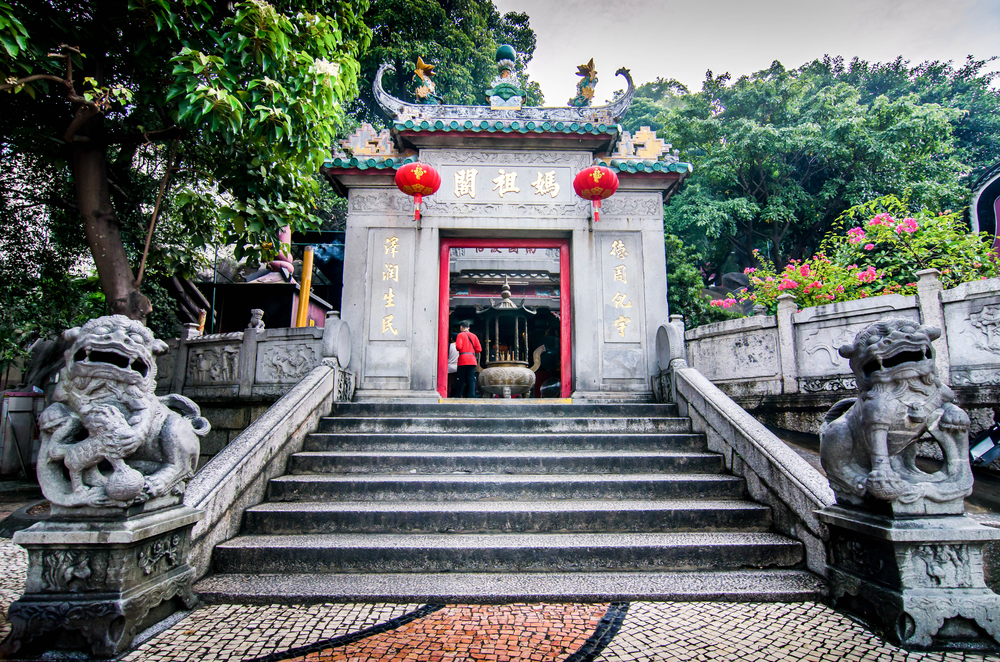

The A-Ma Temple, located in Macao, is not only a distinguished historical site but also a testament to the cultural amalgamation of Chinese and Portuguese influences. Its tourism history is interwoven with the broader narrative of Macao's rise as a global destination.
Built in 1488, the A-Ma Temple is dedicated to Mazu, the Chinese sea-goddess. For centuries, it has been a focal point for Chinese seafarers and fishermen who would pray for safe passage and blessings. With Macao serving as a crucial port for trade between China, Japan, India and Europe, the temple became an incidental stop for international merchants and early explorers, inadvertently planting the seeds for its tourism emergence.
As Macao became a Portuguese territory in the 16th century, the growth in trade and cultural exchange brought more visitors to the region. The 20th century saw Macao asserting itself as a tourist destination, with its casinos and historic sites, including the A-Ma Temple, drawing visitors from around the world. The temple's unique architectural style, which combines Taoist, Buddhist, Confucian elements along with folk beliefs, became a key cultural attraction.
In 2005, A-Ma Temple was inscribed on the UNESCO World Heritage List as part of the "Historic Centre of Macao". This recognition further augmented its status as a must-visit destination in Macao and increased its prominence in the global tourism landscape.
Today, A-Ma Temple is an iconic representation of Macao's spiritual and historical heritage. Visitors are attracted not only to its spiritual significance but also to the cultural events that take place there, such as the A-Ma Festival, which honours the goddess Mazu. The temple offers a peaceful retreat from Macao's bustling casino scene, allowing tourists to delve into the city's traditional roots.
As part of the latest tourism trends, there is a surge in experiential and cultural travel, where tourists seek authentic experiences and a deeper understanding of local heritage. A-Ma Temple feeds perfectly into this trend, offering a blend of history, spirituality, and culture. Furthermore, social media has played a significant role in boosting the temple’s popularity, with many visitors sharing their experiences online.
The Macao government has been proactive in preserving the temple's integrity while making it accessible to a growing number of visitors. Modern infrastructure developments, alongside initiatives aimed at promoting cultural tourism, have paved the way for a sustainable tourism eco-system around Macao's ancient sites, including A-Ma Temple.
In conclusion, the A-Ma Temple has evolved from a simple religious site to a distinguished emblem of Macao's historical narrative and cultural diversity. Its tourism history reflects Macao's transition from a quiet trading port to a vibrant meeting point of East and West, culture, and commerce. As tourism trends evolve, A-Ma Temple continues to capture the hearts of visitors and remains an integral facet of Macao's dynamic tourism industry.